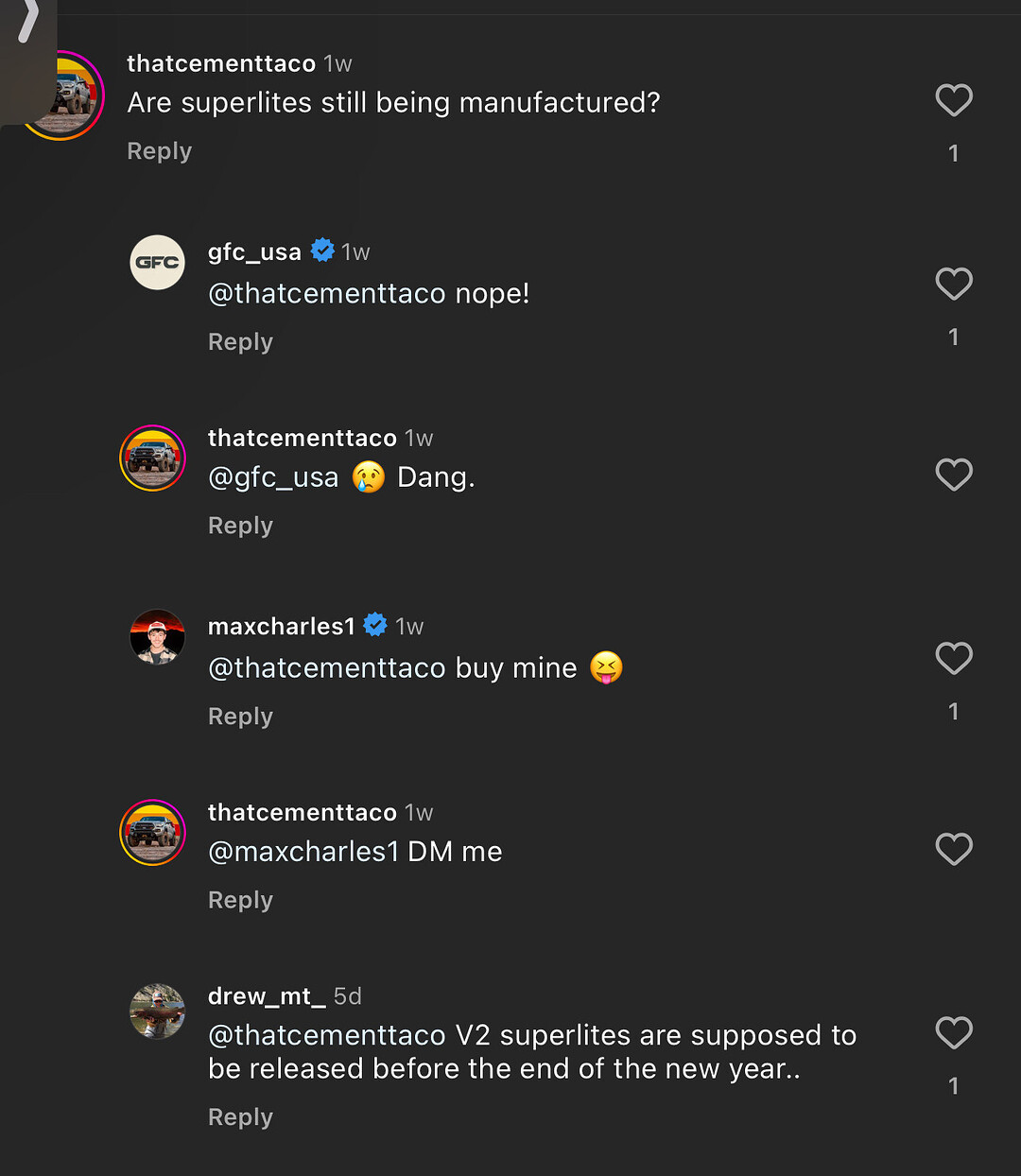Why We’re Killing the SuperLite
(And why it will eventually live again)
When the SuperLite RTT went on sale, we sold a lot of them—and quickly. It was well-received; by all accounts it’s a great product. So why are we killing it off?
That’s a good question. But to answer it, first, it’s worth exploring what the SuperLite is and why we made it in the first place.
The SuperLite RTT was born as a challenge of sorts: How could we build a hard-shell RTT that was as cheap and as light as possible? Our goal was to make a tent that would open up the roof-top camping experience to the world’s dirtbags (we use this as a term of endearment.) We were originally going to call it the “Crashpad,” in honor of all of our dirty bouldering friends, but that name was taken by another tent company, so SuperLite it was.
Anyway, the point is, the Superlite was an exercise in extremes. An endeavor to create an absolutely no-frills RTT that was optimized entirely for weight and cost. If you wanted a place to crash after a long day of getting dirty, the SuperLite was for you. In effect, it was an even more stripped-down version of our Platform RTTs and campers. Yes, even more minimalist than our minimalist flagships.
We did a pretty damn good job of meeting those goals thanks to the SuperLite’s “Panel-in-Bag” design concept. However, in order to go from concept to production, we had to make a decision that we’d eventually come to regret: We outsourced production of the fabric components overseas.
This was exactly what the experts insisted; and we were new to the whole process of manufacturing, so we gave it a shot. Even though we handled the SuperLite’s final assembly in our Belgrade, Montana factory; and even though it used a fair portion of US-made components, the decision to have the fabric parts constructed in China never sat well with us.
Essentially, it was an experiment of sorts. What we learned, having given it a go, is that outsourcing any production of our products just isn’t the way we want to do things at GFC.
The reason overseas production isn’t for us is primarily because, at our core, we are a company that designs and manufactures stuff. We’re interested (philosophically and practically) in the challenge of doing both. Outsourcing the fabric production was a necessary choice at the time because we didn’t have the production capacity or technical knowledge to make the SuperLite entirely on our own. What we discovered though, is that outsourcing doesn’t really lessen the work, it just changes it into a different kind of work.
Instead of working with the excitement of rapid product iteration, refinement of design elements, and tool optimization, you’re dealing with the nuances of transport logistics, customs minutia, and procurement scheduling.
Ultimately, what we confirmed is that outsourcing overseas is by no means the easy way out. While we could continue to spend our limited time and resources getting better and better at it, we decided that’s not how we want to move forward. We’d rather work toward building up our own fabric production capacity so that the next time we want to make a tent for dirtbags, we can do so by getting our own hands dirty in the process.
What does this mean for the future of the SuperLite product line? It means that we still believe there’s a need for an RTT that’s ruthlessly optimized for weight and cost. We recognize that the Platform Camper and RTT are out of many people’s price range, so we’re committed to finding a way to produce SuperLites entirely in-house. We want to own that process from start to finish, so that we can solve all of the problems that come with it.
However, that’s a goal that will take time to achieve. We’ve made a lot of gains this year around our Platform camper production system and those gains translate well into an eventual release of a SuperLite V2. We can’t say exactly when that would happen, because so much of it depends on the wild roller-coaster that is the supply chain environment right now.
What we can say is this: the SuperLite will live again. When it does, we will be the ones manufacturing it. While it’s always a difficult decision to part ways with a successful product, we believe that by doing so, it will help us get to where we eventually want to be, much faster. So that’s what we’re going to do.


 . Been refreshing the page diligently just in case I see some in stock.
. Been refreshing the page diligently just in case I see some in stock.
